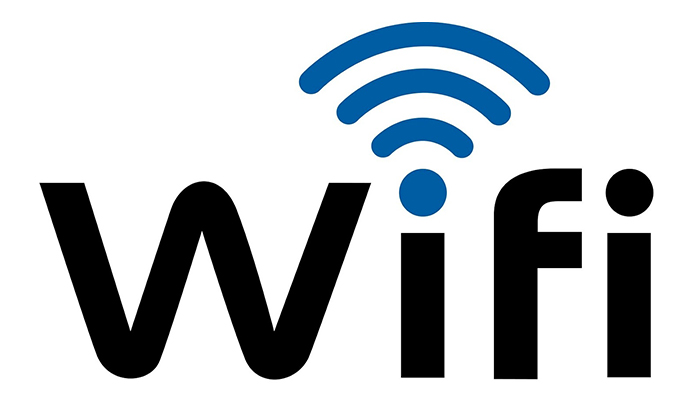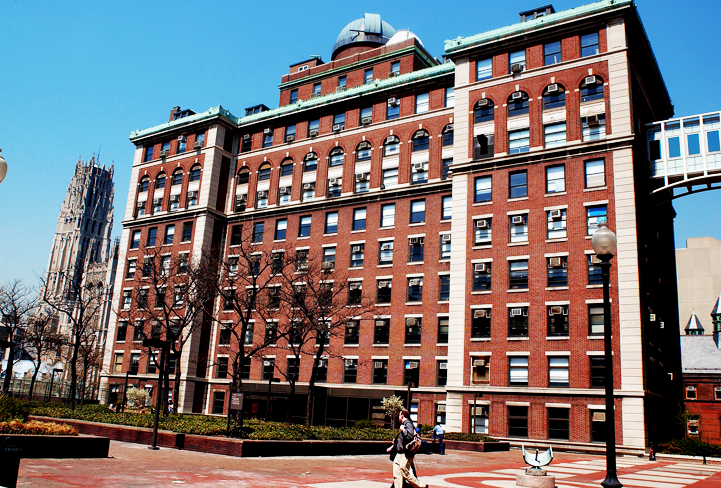Associate Professor Harish Krishnaswamy’s group from Columbia University School of Engineering and Applied Science in the US has been working on silicon radio chips for full duplex communications for several years now and the researchers became particularly interested in the role of the circulator, that is a component that enables full-duplex communications where the transmitter and the receiver share the same antenna. Based on this theory, the researchers have developed a novel technology that has the potential to double Wi-Fi speeds with a single antenna, a breakthrough that could revolutionize the field of telecommunications. This is the first time researchers have integrated a non-reciprocal circulator and a full-duplex radio on a nanoscale silicon chip.

Krishnaswamy, who is the director of the Columbia High-Speed and Mm-wave IC (CoSMIC) Lab, said, this technology could revolutionise the field of telecommunications. Our circulator is the first to be put on a silicon chip, and we get literally orders of magnitude better performance than prior work. Full-duplex communications, where the transmitter and the receiver operate at the same time and at the same frequency, has become a critical research area and now we have shown that WiFi capacity can be doubled on a nanoscale silicon chip with a single antenna. This has enormous implications for devices like smart phones and tablets.

In order to do this, the circulator has to “break” Lorentz Reciprocity, which is a fundamental physical characteristic of most electronic structures that requires electromagnetic waves to travel in the same manner in forward and reverse directions. We wanted to create a simple and efficient way, using conventional materials, to break Lorentz Reciprocity and build a low-cost nanoscale circulator that would fit on a chip,” said PhD student Negar Reiskarimian, who developed the circulator.


